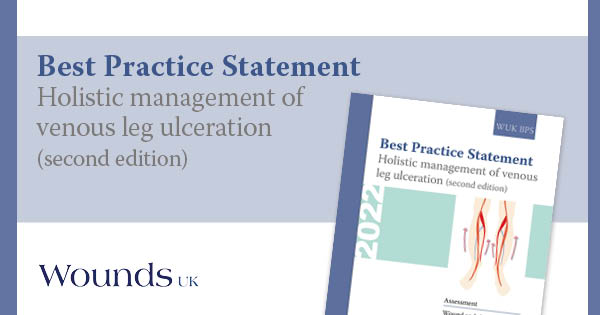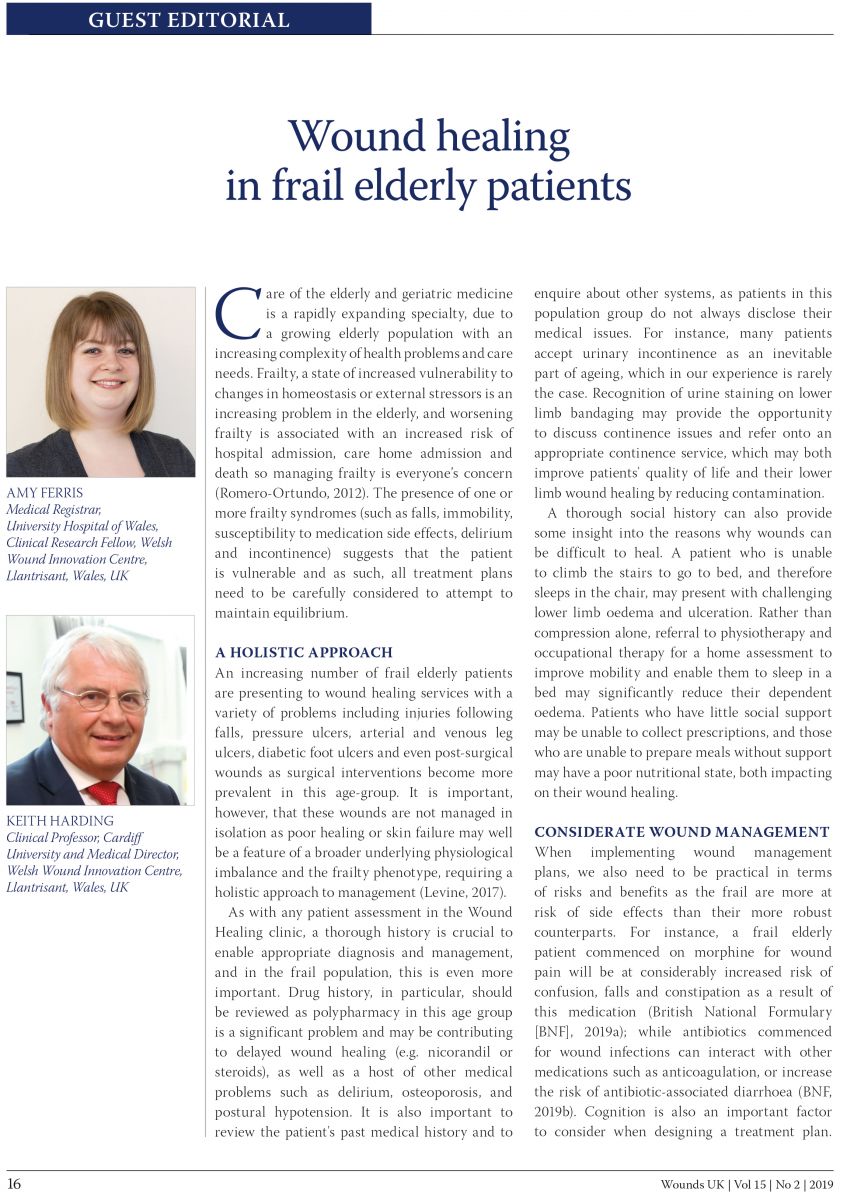This year marks 40 years since I started my nurse training, which on one hand makes me feel rather old but on the other might be an indicator of experience (I prefer to think the latter applies!). Reflecting on my student nurse training, there were several guiding principles for my clinical practice that have stayed with me, in particular the Roper-Logan-Tierney model of nursing. This model was developed by Nancy Roper, Winifred W. Logan and Alison J. Tierney in the 1980s and is a framework for nursing care based on activities of daily living (ADLs) (Roper et al, 2000). The model was designed to promote maximum independence for patients by assessing their relative independence and potential for independence across 12 ADLs including:
- Maintaining a safe environment
- Communication
- Breathing
- Eating and drinking
- Elimination
- Washing and dressing
- Controlling temperature
- Mobilization
- Working and playing
- Expressing sexuality
- Sleeping
- Death.
The model also considers five factors that influence these activities: biological, psychological, sociocultural, environmental and politico economic.
I spoke with a colleague in Wales and one in England to determine whether nursing models are still included in the undergraduate nursing curriculum and there were differences. It seems that some Schools of Nursing continue to teach these, whilst others have removed them from the syllabus due to having to include other topics. For me this is a backwards step as the use of models such as Roper et al can promote a more person-centred, comprehensive approach to the assessment of the patient.
So how might the 12 ADLs and the 5 factors apply to individuals with wounds? Here are my thoughts:
- Maintaining a Safe Environment: Ensuring the wound area is clean and protected from further injury or infection
- Communication: Understanding the patient’s concerns and providing clear information about wound care and healing processes
- Breathing: Monitoring for any respiratory issues, especially if the wound might impair respiratory function i.e. a dehisced abdominal wound
- Eating and Drinking: Ensuring the patient receives adequate nutrition and hydration to support healing
- Elimination: Managing any issues related to elimination, such as incontinence, which could lead to moisture associated skin damage
- Washing and Dressing: Providing appropriate wound care, including cleaning, dressing changes, and monitoring for signs of infection
- Controlling Temperature: Keeping the wound area at an optimal temperature to promote healing and prevent infection
- Mobilization: Encouraging appropriate movement to prevent complications like pressure ulcers
- Working and Playing: Supporting the patient in engaging in activities that are safe and do not hinder the healing process
- Expressing Sexuality: Addressing any concerns related to intimacy and sexual health that may arise due to the wound
- Sleeping: Ensuring the patient gets adequate rest, which is crucial for healing
- Death: Providing compassionate care and support if the wound is related to a terminal condition.
In relation to the five factors, biological factors are related to the physical aspects of the patient’s health and body. For example, age, medical conditions, and physical abilities. Biological factors can affect how well a patient can perform activities of living. For instance, a patient with chronic pain associated with a wound might struggle with mobilisation or washing and dressing. Psychological factors pertain to the mental and emotional state of the patient. Factors such as stress, anxiety, depression, and cognitive functions can impact a patient’s ability to perform daily activities. Stress and anxiety are also associated with delayed wound healing (Gouin and Kiecolt-Glaser, 2011). Sociocultural factors involve the patient’s social and cultural background. This includes their beliefs, values, traditions, and social interactions. The presence of a wound can impact on an individual’s social interactions leading to isolation (Klein et al, 2020). Environmental Factors are external conditions that impact the patient’s ADLs and include their living situation, availability of resources and physical surroundings. For instance, a patient living in a cluttered or unsafe environment may have difficulties maintaining a safe environment placing them at increased risk of skin tears (LeBlanc et al, 2018). Finally, politico economic factors such as healthcare policies, financial stability, and access to care can significantly influence a patient’s ability to perform ADLs. For example, a patient without adequate access to care might experience a longer wound duration.
By considering the ADLs and the factors influencing them healthcare professionals can create a comprehensive and more individualised care plan for patients with wounds which addresses all aspects of a patient’s life, promoting better outcomes and overall wellbeing.
We all talk about the importance of a holistic approach to the management of individuals with wounds, but how often do we hear about care falling short of this? Collectively, we can all play a part in educating the next generation of healthcare students by promoting the use of simple models, such as one framed around ADLs to guide practice.





